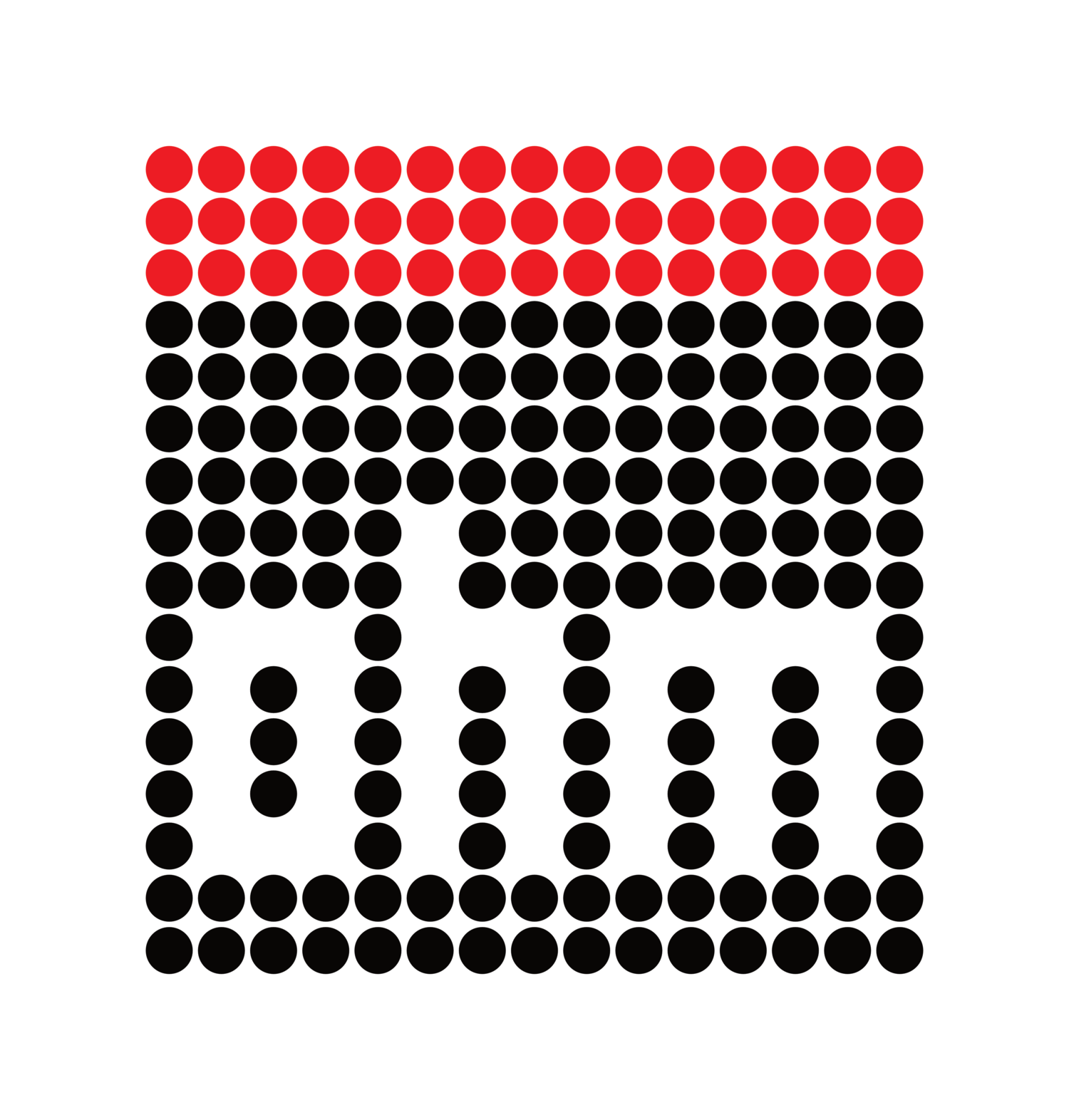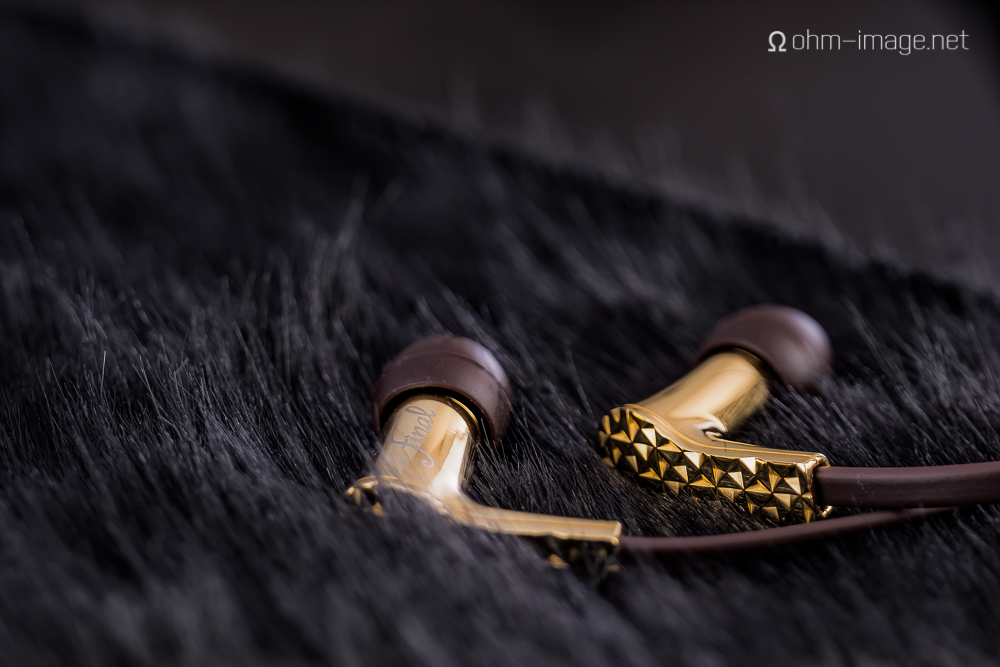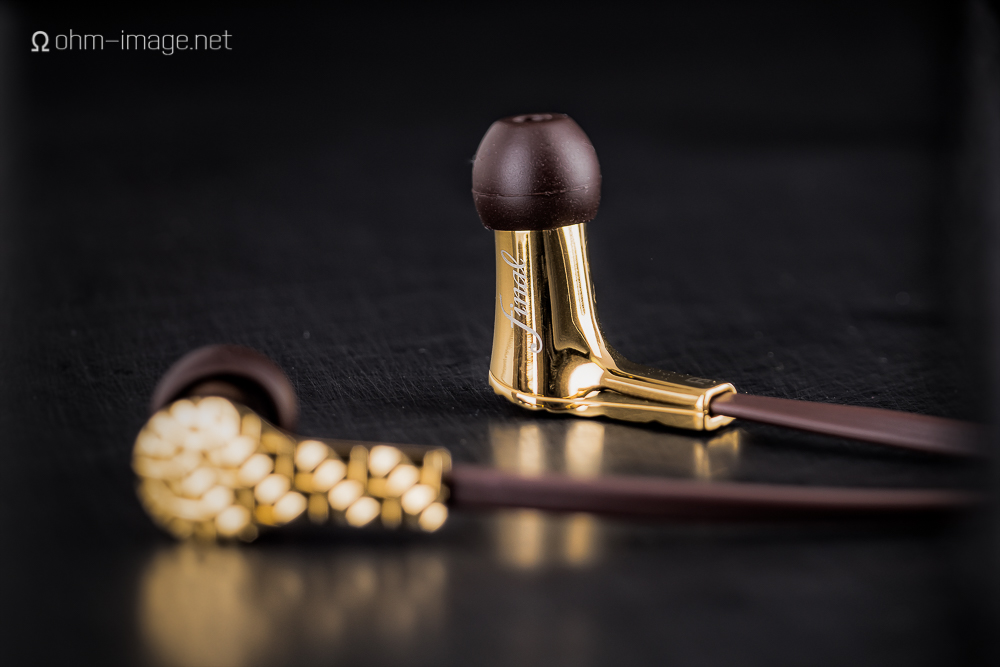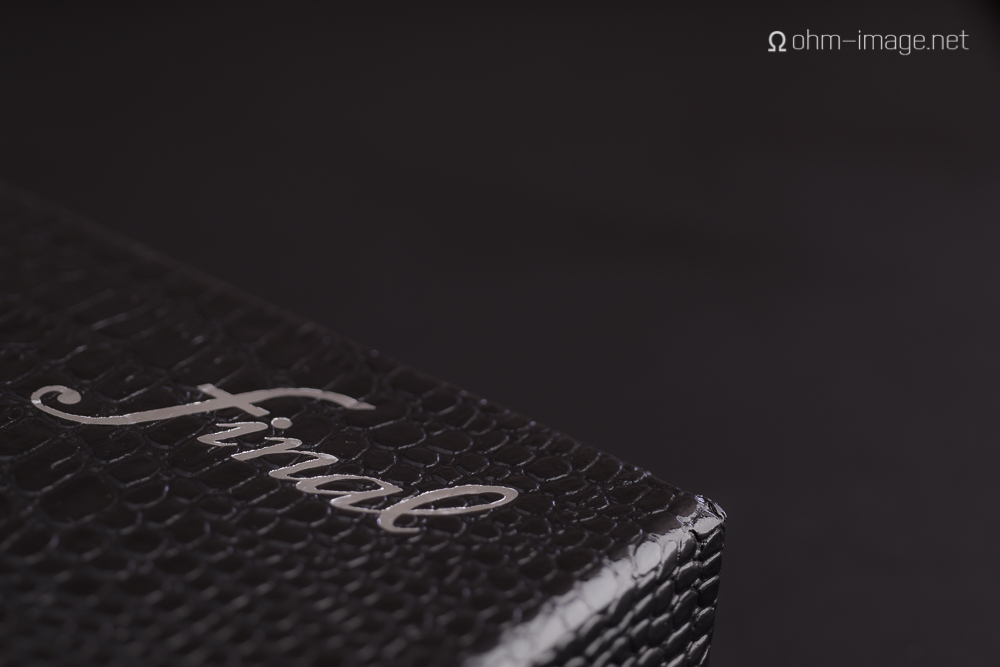Oppo Digital's inexplicably leather-clad HA-2 is the handsomest pocketable headphone amp/DAC I ever have laid eyes, hands, and most of an afternoon on. It is slim. It is tooled to iPhone-perfection. It is easy to use. And it plays from pretty much any source, analogue (via a 3,5mm stereo jack), or computer-ish (USB A and B), without a hitch.
Read moreSony will sell a “premium sound” microSDXC card to audiophiles in Japan
Ars Technica promoted the following comment to this post about Sony's new audiophile microSDXC card which will hit Japanese-only shores soon enough.
“Okay, everyone here needs to take a step back. I am an actual analog circuit designer, so here is my take:
First of all, let me start by saying I’m sure, just like everyone else, that these devices have no practical effect on the audio produced by pretty much any practical system. That said, people seem to be confused about the nature of noise in a system.
As the story correctly notes, digital systems are inherently noise resistant, and often include error correction. There is no SD card or cable in the world that will help improve digital transmission if all the data is already being successfully transmitted. However, analog systems are susceptible to noise. In fact, a significant amount of analog design is dedicated to dealing with noise. In addition to random noise, which is introduced by thermal movement or other random processes in the devices, analog signals are also susceptible to interference, or other nearby signals which can corrupt the analog signal. Nearby electromagnetic fields can couple to analog traces on the board, degrading performance. A significant effort goes into carefully routing and shielding analog traces, as well as moving sources of interference further away.
High speed digital systems are a large source of interference. The fact that digital systems involve several wires switching at “full swing” at high frequency means that it produces a comparatively large electromagnetic field in the immediate vicinity. Again, a significant effort goes into keeping digital and analog components apart from each other in high quality audio systems. If your analog trace goes next to a memory running at hundreds of MHz, it will effectively increase the noise floor of your audio.
It is conceivably possible that Sony actually did design an SD card which generates less electromagnetic interference (EMI). This could conceivably lessen the amount of interference coupled into an audio signal somewhere. That said... it’s not going to make any difference in reality. If the SD card noise was having a practical effect on your audio then the whole systems was crap to begin with. So, as I think everyone in this thread can agree, this is snake oil.”
And there really is nothing left to say until Sony get into the business of making porper hi-end ethernet cables.
DAR: Oppo HA-2 review
Terse more than it is tongue-in-cheek, DARKO's newest review is an excellent read. The takeaway is that it drives well, but isn't exactly pocketable.
Read the entire thing: OPPO HA-2 portable DAC and headphone amplifier review
Hardware Canucks: Audioengine D3 DAC Review
Speaking of Audioengine's D3 USB DAC, have a go at Hardware Canucks's video review (embedded above), which in my opinion, is the most-helpful D3 review out there. Actually, Hardware Canuck's reviews of products from mice to cameras, are incredible.
My review will be out this evening at Headfonia.
The Audioengine D3 USB DAC
Disclaimer: this D3 came directly from Audioengine USA for the purposes of an upcoming Headfonia review. I covered duties, applicable taxes, and tariff paperwork, but nothing for the unit itself. Many thanks, Audioengine.
The Audioengine D3 has been hostage in my studio for about three months. Reviewing it has been neither painful, nor bothersome. The D3 is a striking unit. But I've been struck down by the move of a lifetime. The result is this: chaos in the studio, chaos at home; chaos, chaos, chaos everywhere.
The D3 has done its part to alleviate some of that stress. (The rest melted into metabolised whisky and scotch.) The D3 is easy to use. You'll probably forget that it comes with a manual. It is a simple plug-and-play USB DAC with a powerful headphone amp. It lacks batteries, and works optimally when stuck into notebook computers, or portable devices that can kick out enough amperage to power the D3's internal circuitry.
It will not work stuck into an iPhone. Or an iPad.
Its main job has been to decipher data from iTunes and Audirvana. It tracks perfectly with OSX's software volume limiters, not to mention Audirvana's overrides. And, its amp is up to snuff. It kicks out decent enough current to keep signal quality high when pushing tough-to-drive earphones like the Earsonics SM2. And even though its sweet spot is something like the Audio Technica ES7, it can kick pretty strong signal into Mr. Speakers's Alpha Dog headphones. It has voltage up the wazoo.
Its signature sound is warmish and anchored in the midrange. Highs roll gently off before 20Hz, and distortion levels meet valve levels. It's a whisky amp. It's meant for the comfy listening chair. And even though I don't want to hear you say it, you could say that it sounds very good with your favourite inbred selection of audiophile jazz records.
Better than the Jones and the Kralls are the Smiths, the Denvers, The Alan Parsons Projects, in addition to the Kusanagis, and The Boards of Canadas. It's for your moody days, and for the days when you're prepping for that date. (Here's hoping for your luck.)
More to come tomorrow at Headfonia.
Relevant links:
iPod shuffle 512MB
Earsonics SM2
Mr. Speakers Alpha Dog
Quit it with the Norah Jones shit
I don't care if it's a review of Final Audio's Opus 204 loudspeakers: quit it with the Norah Jones. Quit it with the Krall. Quit it with the Peyroux.
On the DARKO diddy index, the above three, and their analogues, wouldn't even register among the rest. For indicating musical taste, they're a television jingle. Everyone knows them. Everyone's heard them. Every tone-deaf, would-be gigalo has Jones cued into his Pioneer HiFi. Jones, et al. just prove how little you care, or know, about music. They prove how much you read other useless reviews, and forums. They prove that you drink alcohol-free beer, not whisky, and that for you, cheese is the stuff that peels away like shoestrings and can only be purchased from Costco.
I'll take this further: quoting Jones in a review of audiophile gear is like saying you love board games, and showing up to a board game geek fest with Risk, and asking for the dice in a game of Agricola.
Unless in jest, bringing up the above divas does nothing more than cheapen your essay. And, the collateral damage is first: the product you're reviewing; second: the rest of us audiophiles. Yes, we audiophiles are snivelling snots. Yes, we're afraid of science. Yes, we believe in magic and faeries and stuff. But from Shanghai to San Salvador, we neither need, nor can we as a marginalised aberration of modern society afford to listen to the same goddam music.
Of course, I'm looking at myself, too. Each of us has been guilty. But it's time to start doing things right. It's time to find music that isn't an incestuous homily to a broken imagination. The most recent homily to broken imagination was written by Ryan Cheong, of Hifi Senses, whose review of the Lehmann Audio Traveller kicks off like this:
Most striking are the mids, especially vocals, which are brought to the forefront and presented with incredible sweetness. Norah Jone's "Come Away with Me" had me shivering in its intimacy.
It's an easy read. Then again, most gushing audio reviews are. Most gushing audio reviews turn about on words like striking and intimacy. They might dare to note something ridiculously foretelling such: Accuracy sacrificed for musicality, under a Cons section. I can only imagine the next Cons section: Musicality sacrificed for accuracy.
Jones wept.
Related links:
Lehmann Audio Traveller
Darko DAC Index
Headfonics: Final Audio Heaven VIII review
Headfonics's review of the Final Audio Heaven VIII, about which I left a Brazilian strip of commentary, is a pretty good read, with which I mostly agree. That is, apart from the following:
“The treble of the Heaven VIII renders very well and typically has the great levels of extension and detail a balanced-armature driver provides. In drum and bass tracks, high hats decay fast and efficiently without being laidback in nature. In this sense, there is no spatial disconnect from the upper mids to the lower trebles which both share a sense of brightness in character. The sparkly clear highs make for an engaging presentation and truly satisfy those seeking extended highs without the compromise of rolled-off frequencies.”
Heaven VIII lacks the upper mid heat that has made a number of hi-end Final Audio earphones hard to listen to for long periods of time. VIII is smoother, and comparison to hitherto news-making balanced armature earphones from Final Audio, rolled off. It's got none of the dirty decay that accented some of the other mid-top end earphones. For that, I'm glad.
The Headfonics review is a good, pithy review of a good, pithy earphone.
The Final Audio Heaven VIII
Disclaimer: Heaven VIII came through my studio for a few days thanks to a Headphone Book shoot.
Or, Lady Gaga's Final Heartbeats, whichever is easier to say, is Final's newest high-tier universal BAM! It sounds good. Very good. Strong, but linear bass, very slightly muted highs, and a detailed, but lush midrange. It is, in my opinion, their best-sounding balanced armature earphone.
Unfortunately, it looks the way it does: like a smaller Beats by Dre Lady Gaga Heartbeats. The good news is that it is cool, heavy, and luxurious whereas the Beats isn't. Even Heaven VIII's flat cable is supple, soft, and resilient against microphonic noise. And I've never liked flat cables.
This is a nice earphone.
But the packaging: fake snake skin on the outside, fake beaver on the inside, is hideous. We Canadians love our beaver, but where there's muff, it's got to be real. Not that killing things in order to make an earphone is something I condone. I do not. But putting so much effort into faux materials, especially it at this price is, well... a little bit too Japanese for me. And, the fur shed all over my pine wood flooring. I'm still picking it out of the cracks.
Heaven VIII goes for just north of 70.000¥, and despite its horrible packaging, it is an earphone that weighs heavy on my mind.
NOTE: click images below to advance to the next frame.
dSp - not the answer to making your headphones sound better
If you want to hear your music in higher quality, get better headphones, or a better quality player - in that order. Adding a separate box, and another layer of interface that does nothing but give your ears warm (or cold) fuzzies, is just unnecessary complication. If you're really into the experience of portable audio geek, get a DAC, maybe an amp, and probably you'd not seriously look at a tiny box like the dSp. If you're not into that experience, the dSp is, and never will be on your radar.
That said, the dSp does boast some impressive spec. I just wish they'd go whole-hog and either make a DAP, or a compact accessory DAC, and not waste time on this stuff.
Thanks Mr. Pithy Shorts for spotting this.
What companies make balanced armature speakers?
Cymbacavum's got a biz of a round up on balanced armature speaker manufacturers, from Sony to DTS. It's worth the read.
















